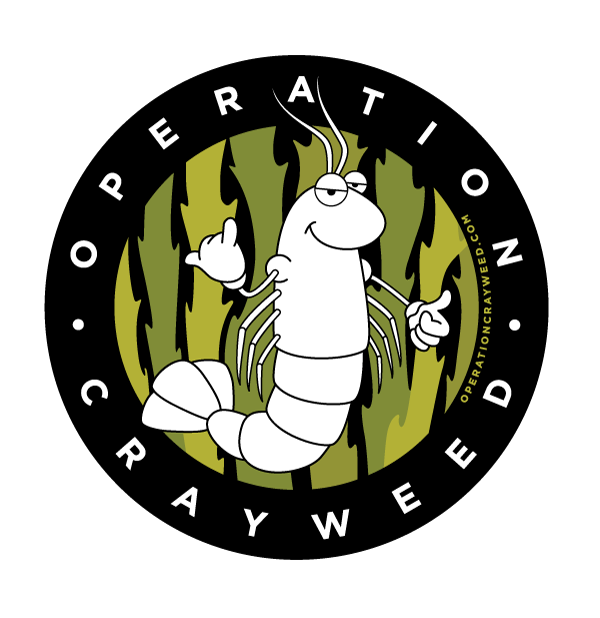Read the full article at - http://www.huffingtonpost.com.au/2015/12/05/operation-crayweed-unsw_n_8714216.html
A possible solution to reducing Australia's carbon emissions may lie at the bottom of the ocean, and the Federal Government is eyeing off 'Blue Carbon' as a weapon against climate change.
Off Sydney’s coast, there is a massive “seaweed forest” hidden beneath the water and it is home to vibrant, complex ecosystems.
Over the years, much of that forest has been lost, but getting back could help battle the impacts of climate change by reducing Australia’s greenhouse gas emissions. That's according to a lead researcher on a new project to restore seaweed to the area, Dr Ezequiel ‘Ziggy’ Marzinelli.
"In the same way as trees do, marine vegetation can sequester carbon. Having a large number of seaweeds doing so can have a meaningful impact on the environment," UNSW and Sydney Institute of Marine Science researcher Dr Marzinelli told The Huffington Post Australia.
The Federal Government committed on Thursday to a research project exploring the possibilities of sequestering carbon in such a way, calling it “blue carbon”.
“Blue Carbon –- carbon stored in marine and coastal habitats –- could play a significant role in reducing emissions, while also supporting biodiversity conservation, fisheries habitat protection, and disaster risk reduction,” a statement from Environment Minister Greg Hunt read.
But first, Dr Marzinelli says, the crayweed forest has to be restored.
“In the early 1980s, this massive crayweed forest disappeared from 70 kilometres of coastline around metropolitan Sydney,”
“It’s gone -- from Palm Beach, up in the north, all the way down until you hit Cronulla.”
Crayweed is a particular species of seaweed, which scientists say is vitally important as a habitat for marine life.
It provides food and shelter for fish and other organisms, and is also a considerable commercial asset. Abalone and crayfish live in and around the seaweed, providing a rich hunting ground for fishers.
Though the cause of the loss of flora is ultimately unclear, researchers say there is a strong correlation between the disappearance of the seaweed and poor water quality, which is the result of Sydney's massive growth and poorly treated sewage entering the waterways in the '80s.
Since then, Sydney’s water quality has vastly improved. But the crayweed hasn’t returned, and so UNSW scientists began to explore the possibility of intervening to reintroduce the seaweed to the 70km of coast it had been lost from.
They took fertile adult crayweed from existing forests and transplanted them to new areas, fixing them to existing reefs with biodegradable mesh.
“Not only do they do well when you bring them back, but they start having lots of sex, start reproducing, and you start seeing babies,” Dr Mazinelli told HuffPost Australia.
“They start to expand this forest further away from the transplantation site; they’re self-reproducing.”
Now, the team is trying to rebuild forests across the entire coast, and is asking for help from the public.
They've launched 'Operation Crayweed.' There’s a slick social media and crowdfunding campaign -- complete with a crayfish casually chucking a shakas.
“Essentially, we are asking people to sponsor individual ‘trees’ that we will transplant onto the reefs on their behalf. It’s a perfect Christmas gift to the environment,” campaign scientist Dr Alexandra Campbell said.
Seven thousand individual ‘trees’ are needed to repopulate the 70km zone stretching from Palm Beach to Cronulla, and people can donate $20 to plant their own underwater tree.
“Seaweeds sequester a lot of carbon. We don’t know how much this species sequesters (but) we’re doing research on that at the moment,” Dr Marzinelli told HuffPost Australia.
“But definitely in other parts of the world, for example on the north-west coast of the US, they have shown different seaweeds can sequester carbon very effectively.”

